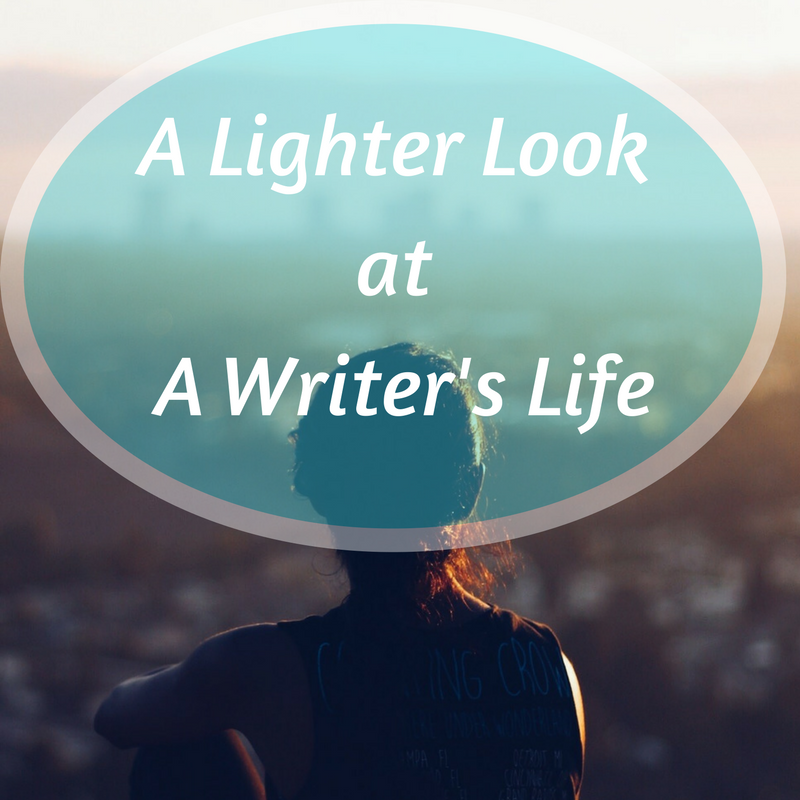
“Find the key emotion; this may be all you need know to find your short story.”
– F. Scott Fitzgerald
In astronomy, a singularity is a black hole. It’s a powerful gravitational well that sucks in everything around it — planets, moons, asteroids, dust clouds, stars, even light itself.
What does this concept have to do with flash fiction?
Emotion is the singularity that sucks your reader in and devours them whole. Emotion is also the singular focus of the short story writer: it is the only thing that leaves a mark and creates a lasting memory in a reader. Flash fiction is generally under 1,000 words in length. So how do you generate the sort of emotional gravity force that will grab hold of your reader in such a short time?
It doesn’t happen by accident. You do it with intention.
FIRST IDENTIFY
Ideas for short stories come to us in many forms. Sometimes a striking scene pops into your head. Sometimes a character stuck in a tough situation grabs your empathy. Sometimes a fascinating “what if?” scenario or scientific fact tugs at your imagination.
These are all good starting points, but before you jump on the keyboard and begin merrily typing away, do this one vital thing: identify the emotion your story is best suited to evoke in your reader.
THEN INTENSIFY
“A short story must have a single mood and every sentence must build towards it.” – Edgar Allan Poe
Good flash fiction requires the same basic elements needed for any good story: setting, character, desire, an obstacle or conflict and a resolution — all working together to form a powerful emotional experience for the reader. Each element should be written towards that singular focus, and every word must pull its weight. In fact, as you gain experience with flash fiction, everything should pull double — or triple — duty.
The description of the setting should add to the mood, imply something about the character, and hint at the story’s climax. The dialogue should provoke an emotional reaction, as well as illustrating who the characters are and what they want.
Even if your story is under 1,000 words, you can still give the reader enough information to connect with the main character. Skip across the timeline of your character’s life, zooming in to show key moments that enhance the target emotion.
Be careful, though. If you are targeting the emotion of regret, that doesn’t mean every sentence will be sad or regretful. Not at all. The impact of the target emotion is a result of engaging the reader in a vicarious experience, so that they want to see the character get what they desire, so that they are disappointed when the character fails, they are hurt when the character is in pain, and ultimately, they feel the target emotion when the character’s story is finished. For example, the story might be full of wonder and delight, and the hope of a happy ending. The regret is then achieved at the end when something hinted at throughout the story comes to fruition and sabotages the hoped-for happiness.
THE READER IS PART OF THE EQUATION
Readers themselves bring memories and emotions to the table. Leverage those. It’s not always about describing your character’s pain in order for the reader to feel pain. Your character may feel something very different than the emotion you’re evoking in your reader.
When you write, imagine the age of your target audience, the things they may have experienced before, the movies and books already popular in your story’s genre. Make them think your story is headed one way, similar to other stories they’ve seen, and then give them a delightful surprise. Paint details from significant events that trigger memories of their own first love, first funeral, first pet, first fear.
Flash fiction is about packing a punch with just a few words. When you pick every detail of your story with a single powerful emotion in mind, your readers are more likely to be sucked into your story and have an experience they’ll remember for a long time.
EXAMPLES
DailyScienceFiction.com has an impressive collection of good quality short stories in the speculative genres. Here are a few stories that packed an emotional punch:
• Voidrunner – This story covers decades of a life in 823 words. It also uses setting and repeated imagery to enhance the emotional impact.
• The Circle of Life – This story contains the familiar emotions of a sibling helpless in the face of her sister’s selfishness and then turns it upside down in the last sentence.
• Sparg – I first read this story in 2013, and will never forget it. So sad!
[bctt tweet=”Generating emotional gravity in 1000 words or less doesn’t happen by accident.” username=”@A3forme @Splickety”]
A short story must have a single mood and every sentence must build towards it. – Edgar Allan Poe
[bctt tweet=”Find the key emotion; this may be all you need know to find your short story. – F. Scott Fitzgerald” username=”@A3forme @Splickety”]
AUTHOR BIO:
Teddi Deppner is an indie author, founder of the #SpecFicCollective and Associate Acquisitions Editor at Splickety Pub Group. She’s also a homeschool mom, artist and an avid toy and nature photographer. Hear more about her projects at http://www.teddideppner.com/ or connect on Twitter or Facebook.




No Comments